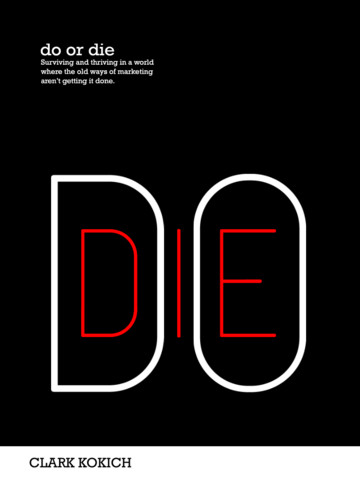In my first start-up, I was mostly hunting whales — seven figure and eight figure deals.
I had no experience doing any of this.
For our First Big Customer, we’d been negotiating a $6m/year contract for quite some time (they always take time). We finally had the “all hands” meeting with all the C-level and VP execs involved. And they told us the deal was completely approved, AND they’d back us in the market, AND they’d even give us $1m in additional financing to help us. At 0% interest! And that we didn’t even really need to pay back for a long time!
We’d be on the map, and in business. But. There was a but.
The effective price would have to be 60% of what we’d been discussing for the past 8 months. And all future upside was capped. Still a great deal for sure. But not enough. Not enough.
I couldn’t get the model to work in my head. Yes, it was a huge contract, and we’d make payroll, and we’d have a business — but at that pricing, we’d never ultimately have a sustainable company.
I >> politely << walked. I told them I was 1000% committed to their success, and the relationships. That I would do whatever it took to make them win in the market. But at that price point, I couldn’t stay in business. I needed them, but still, I had to politely decline.
My colleagues were stunned. This was the one chance all the C- and SVP execs were together. In one room. And without this customer, we were dead in the water. But it was clear in my mind it was a binary moment.
The next day, they called me back. They agreed to the original pricing we discussed, as is. I gave some other concessions (without pushback or questions). But I didn’t yield on our business model. If I had, it would have been short-term smiles traded for long-term disaster.
Sometimes, maybe most times, just close the deal you have. The bird in the hand. Especially if it’s just one deal of many. But other times, you can’t do a bad deal. Sometimes, you have to get the deal that works for your startup to survive, to support the customer, to make it a win-win. If that’s the case, and your BATNA is no deal vs. a lesser deal, be honest. Share the Why. Share why it has to be this way to make it work on your side. You may be challenged and get push back. In fact, I guarantee it. But if you matter as a vendor, and are a trusted partner — they will listen. And you may just get the deal you need.
(note: an updated SaaStr Classic post)


